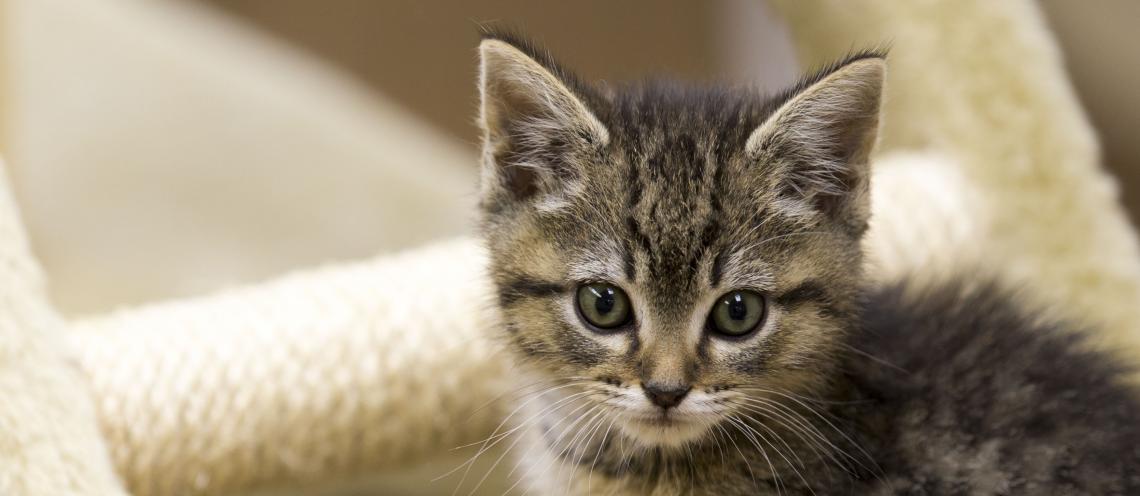
Brushing Your Cat
Thursday, January 7, 2016
Cats often have a reputation for being independent. However, there is one area where owners can engage with their cats—grooming.
Brushing your cat keeps it looking fabulous. It’s also a great way to check to see if your cat is feeling fine. Watch for lumps, bumps, wounds, sores, fleas or black specs that are actually flea dirt or flea feces.
The first step is to pick the right location. Find a stable place where your cat feels safe. It may be on a kitty climber, on your lap, on the floor or on the sofa.
Use the proper tools such as a flea comb and a slicker brush. You might also use a bristle brush.
A bristle brush won’t usually get through the coat. However, it may remove loose hair and your cat may enjoy the sensation.
Spray your tools with a synthetic feline facial pheromone 30 minutes before you want to use them to soothe your cat. Spraying ahead of time allows the tools to dry to give your cat the full effect.
Start with rewards. Offer treats near the grooming location and tools. Choose a consistent time of day to practice grooming. After you’ve given your cat treats in this area for several days, introduce the brush.
Ease into grooming. The object is for your cat to willingly approach the brush and then reward that behavior with a treat. Gradually increase your interaction until your cat will let you brush or comb his or her head.
After a few sessions, try grooming down your cat’s neck and to other parts of its body. Keeping constant and firm contact with your cat will provide it with a sense of security.
Once you’ve polished your routine, start decreasing the number of rewards you give your cat. Always try to end each grooming session with a tasty treat.
If you have a shorthaired cat, start working with a comb, moving from head to tail. Then move on to a bristle or rubber brush to remove the loose hair.
For longhaired cats, work from the long hair on the legs to remove tangles and brush upward to remove loose hair.
If you and your cat are unable to make home grooming work, your veterinarian may offer grooming services. If they do not, they can probably recommend a groomer.
In some cases, your veterinarian may recommend anti-anxiety support in the form of over-the-counter products to make grooming tolerable. As always, it’s best to consult your veterinarian for the best approach for you and your pet.
by Elisabeth Giedt, DVM
Veterinary Viewpoints is provided by the faculty of the OSU Veterinary Medical Hospital. Certified by the American Animal Hospital Association, the hospital is open to the public providing routine and specialized care for all species and 24-hour emergency care, 365 days a year.
